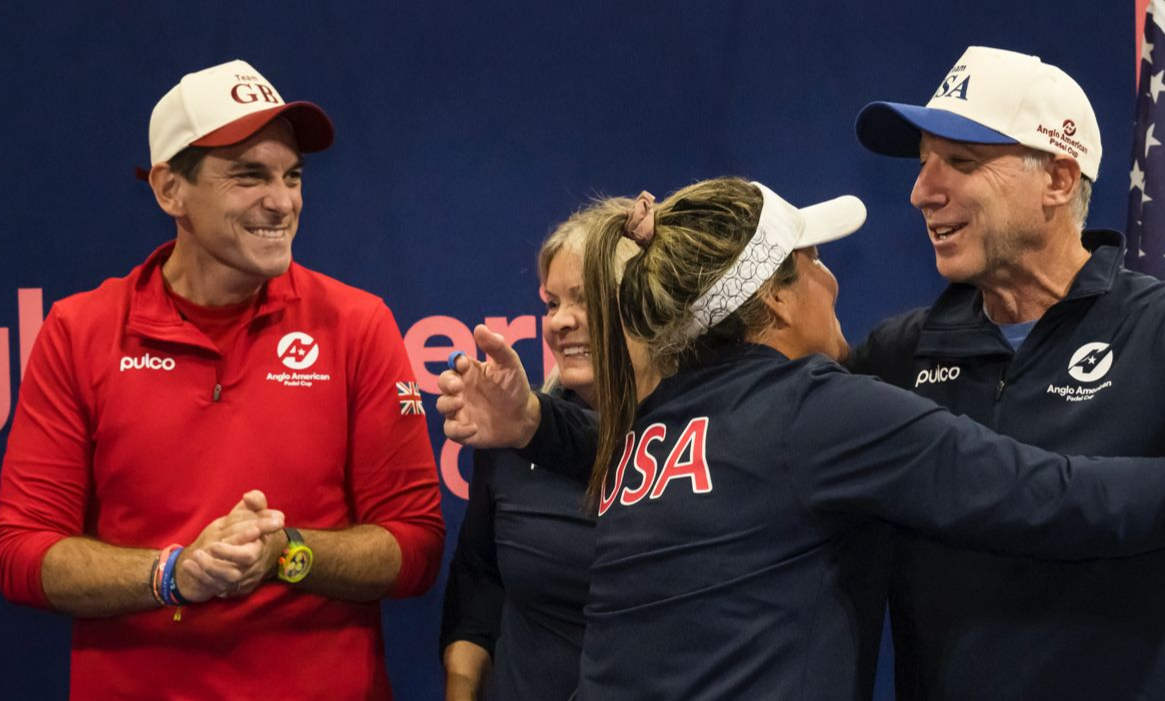In a recent interview with Hal Hornby, Nikhil Sachdev, Co-Founder of Padel Park, the largest padel operator in India, dives into the ins and outs of the Indian padel market. Having been founded in 2023, Padel Park is leading the sport’s rapid growth in India, and as Sachdev explains, it does not look like it is slowing down. As a country with a strong racket sports history involving the likes of squash, badminton and doubles tennis, the opportunity for padel is vast, not just for the sport itself but also for the brands surrounding it due to the size of the consumer market.
The Padel Park Story
Founded in 2023, Padel Park is currently the largest player in the Indian Padel scene and is much more than just a court operator. They view the sport as an ecosystem and are, therefore, looking to cover the full spectrum of areas needed to help padel grow. From court installation and management to tournament operation and professional development, they are focused on trying to do as much as possible.
Having built 100 courts in the past year and currently operating 50 in their centres, giving them a 70-80% market share, Padel Park is India’s key player. They also estimate a further 6,000-8,000 potential courts being installed in the next 5-10 years. While this might seem both exciting and daunting, Sachdev reassured that through the founder’s 15 years of experience in the sports industry, this is a space they know very well and are therefore perfectly positioned to drive the rapid growth.
Investor JSW and its Founder Parth Jindal, who is adamant that India should be a major player in the sport, are helping drive this growth with Padel Park. The business group, including JSW Sport, is valued at $26bn and is helping to invest in India’s padel ecosystem. They are also driving India’s Olympic mission; therefore, there is no doubt that when padel gets its Olympic moment, India will be looking to compete.
Challenges and Excitement
Sachdev suggests two main challenges for the prospects of padel in India. Firstly, in the largest cities in India, there is a huge problem with finding space to do large projects. As a result, many current sites include only 2-3 courts, making it harder to develop a strong community at the club through hosting big events and tournaments. It also slows the potential speed of court construction, with each site needing to be approached individually, taking longer than just placing a larger number of courts in one spot.
Secondly, there needs to be formal recognition of the sport through an authoritative federation. Whilst this is in the pipeline, it must be set up as soon as possible to bring in regulation and the necessary support structures. Sachdev speaks of the importance of this, saying that it needs to happen quickly as otherwise “there will be five federations before you know it!”.
Thankfully, the areas of excitement far outweigh these significant but very solvable challenges. Most notable is the vast and growing support for the sport. India is a country that is hugely passionate about sports and has been a global force in cricket, hockey, badminton, and squash for some time. However, padel – the new kid on the block – is grabbing attention quickly. The amateur and professional sides of the game are developing rapidly, and many people who have not been playing sports are getting back into it because of padel and pickleball, which are also big in India. In the last year, many tennis players playing the pro circuit are now pivoting to padel, especially those in their 20s, considering it an alternative career path.
As with many countries worldwide, celebrity influence in India is a hugely powerful force helping to drive the growth of the sport. Padel Park themselves have installed numerous courts in celebrities’ houses, including Bollywood celebs, sports stars, and business leaders. This ‘celebrity obsession’ with the game will help to accelerate its growth further and push it to new levels in the country.
‘2025 is going to be a really big year for padel in India‘
Commercial Partnership Opportunities
The sport’s growth rate has drawn the attention of many of the most prominent businesses in the country due to the partnership potential. Sport is a widespread way for companies to access their consumers in India, yet the partnership opportunities are relatively sparse and incredibly expensive. Outside of the Indian Premier League, which is only affordable for the largest businesses, there are few options other than golf. Thus, padel is quickly becoming a new way for businesses to connect to their customers through sport. Furthermore, due to the affordability of these sponsorship opportunities, it is very easy for partners to justify these relationships and show mutual benefit to the associated brands. It is even more helpful that everyone wants to be a part of the growth, as it is seen as the ‘coolest party in town’.
What’s Next
The future is looking positive for India and Padel Park in particular. As Sachdev describes, “The last year has seen huge growth for us despite there also being other padel companies in India. We have a really good lead on competition, and it will take a while for anyone to catch up, but right now, the more the merrier, we want to work with all of our competitors”. He also suggests that the key points to work on are making it affordable, driving official recognition and ensuring inclusion in events such as the Olympic and Asian games.
‘If there is a medal involved, then countries like India and China really take it seriously. That is the boom waiting to happen, and I think it will happen sooner rather than later.’
Padel’s fascinating development within India’s sporting ecosystem represents the direction of the wider emerging padel world and sets the tone for what will surely be an exciting period for the sport.


